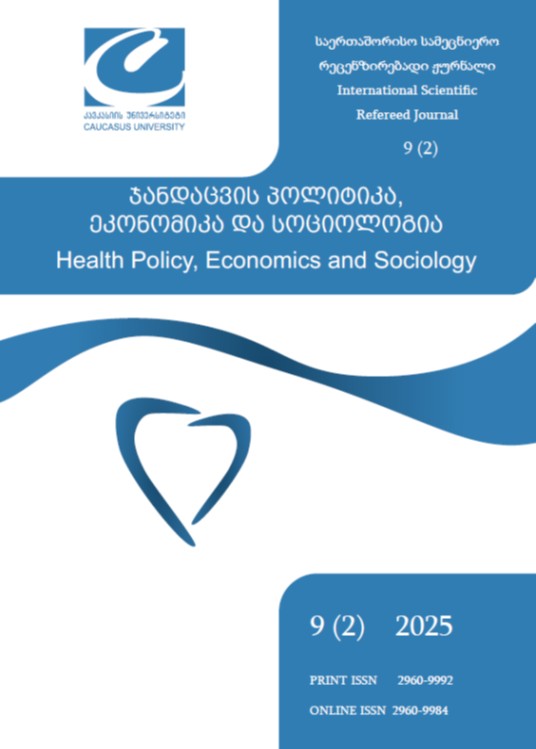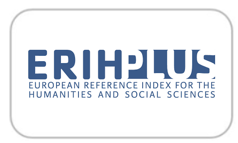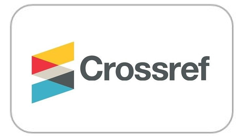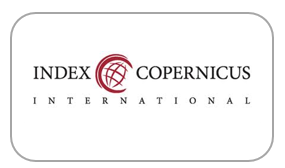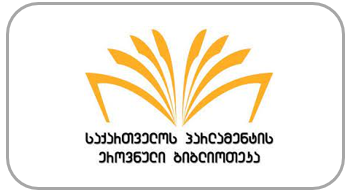Assessment of population access to maxillofacial surgical services in Georgia
DOI:
https://doi.org/10.52340/healthecosoc.2025.09.02.09Keywords:
medical quality, patient satisfaction, accessibility, Maxillofacial surgical servicesAbstract
Introduction: Maxillofacial surgical services play a crucial role not only in safeguarding public health but also in promoting tourism development in different regions. In Georgia, the accessibility and quality of these services vary significantly across regions, creating serious challenges for patients. Methodology: A quantitative analysis was conducted based on interviews with healthcare specialists and patients, as well as a review of available statistical data. The aim of the study was to assess accessibility, quality, and patient satisfaction with maxillofacial surgical services across various regions of Georgia. Results: The findings revealed that access to services remains one of the most pressing issues. Public dissatisfaction is primarily associated with financial barriers, a shortage of qualified specialists, outdated technologies, and inadequate service quality. The most critical situation was observed in Guria and Racha-Lechkhumi-Lower Svaneti, whereas relatively better conditions were noted in Tbilisi and Imereti. Due to regional imbalances, patients are frequently referred to other regions for treatment. Discussion: The results indicate that regional disparities have a significant impact on patient satisfaction and service effectiveness. The growing demand in tourist areas further underscores the urgent need for service improvement. Conclusion: To enhance maxillofacial surgical services, it is essential to introduce modern technologies, ensure continuous professional development of specialists, and guarantee equal access across regions. These measures will contribute both to improving population health and strengthening the country’s tourism potential.
References
ჯაფარიძე ი., კალანდაძე ლ. ყბა-სახის ქირურგიის განვითარება საქართველოში. საქართველოს სამედიცინო ჟურნალი. 2015;12(3):41-47.
ბოჭორიშვილი თ., მაღლაკელიძე გ. ჯანდაცვის სისტემის რეფორმები და სპეციალიზებული ქირურგიის ხელმისაწვდომობა საქართველოში. ჯანდაცვა და საზოგადოება. 2019;7(1):23-30.
ჯავახიშვილი ნ. საქართველოში ყბა-სახის ტრავმატიზმის ეპიდემიოლოგიური ანალიზი. სტომატოლოგია. 2021;13(2):11–18.
ჩიგოგიძე ი. სტომატოლოგიური სერვისების ინტეგრაცია პირველადი ჯანდაცვის სისტემაში. საქართველოს ჯანდაცვა. 2018;10(1):29–34.
ქობულაძე თ. სამედიცინო პროფესიის რეგულაციები და სპეციალისტთა მომზადება საქართველოში. აკადემიური მიმოხილვა. 2020;15(4):55–61.
AAOMS. (2022). Scope of Oral and Maxillofacial Surgery. American Association of Oral and Maxillofacial Surgeons.
Ackerman, M., & Nguyen, L. (2018). The impact of oral and maxillofacial surgery on public health. Journal of Oral Health, 14(3), 123–130.
Adekeye, E. A., et al. (2019). Maxillofacial Surgical Services in Developing Countries: Challenges and Solutions. African Journal of Oral Health, 15(2), 45–53.
Alpert, B. (2018). The Evolution of Oral and Maxillofacial Surgery Over the Past 100+ Years—With Special Emphasis on the Role of Fluoride and the High-Speed Handpiece. Journal of Oral and Maxillofacial Surgery. https://pubmed.ncbi.nlm.nih.gov/30053939/
American College of Surgeons. (2022). Surgical Workforce and Access to Surgical Care in the United States. Chicago, IL: ACS.
Booth, A., Sutton, A., & Papaioannou, D. (2016). Systematic Approaches to a Successful Literature Review. Sage Publications.
Ministry of IDPs, Labour, Health and Social Affairs of Georgia. (2023). Annual Report. https://www.moh.gov.ge
WHO. (2016). Global Strategy on Human Resources for Health: Workforce 2030.
WHO. (2017). Ethical Standards in Surgical Care. Geneva: World Health Organization.
WHO. (2019). Oral Health and Maxillofacial Surgery Report. Geneva: World Health Organization.
WHO. (2020). Health Systems Strengthening and Surgical Services. Geneva: World Health Organization.
WHO. (2023). Primary Health Care and Health Systems Resilience. https://www.who.int
Wilson, P., & Taylor, D. (2020). Communication in surgical practice. Medical Communication Quarterly, 15(1), 77–85
